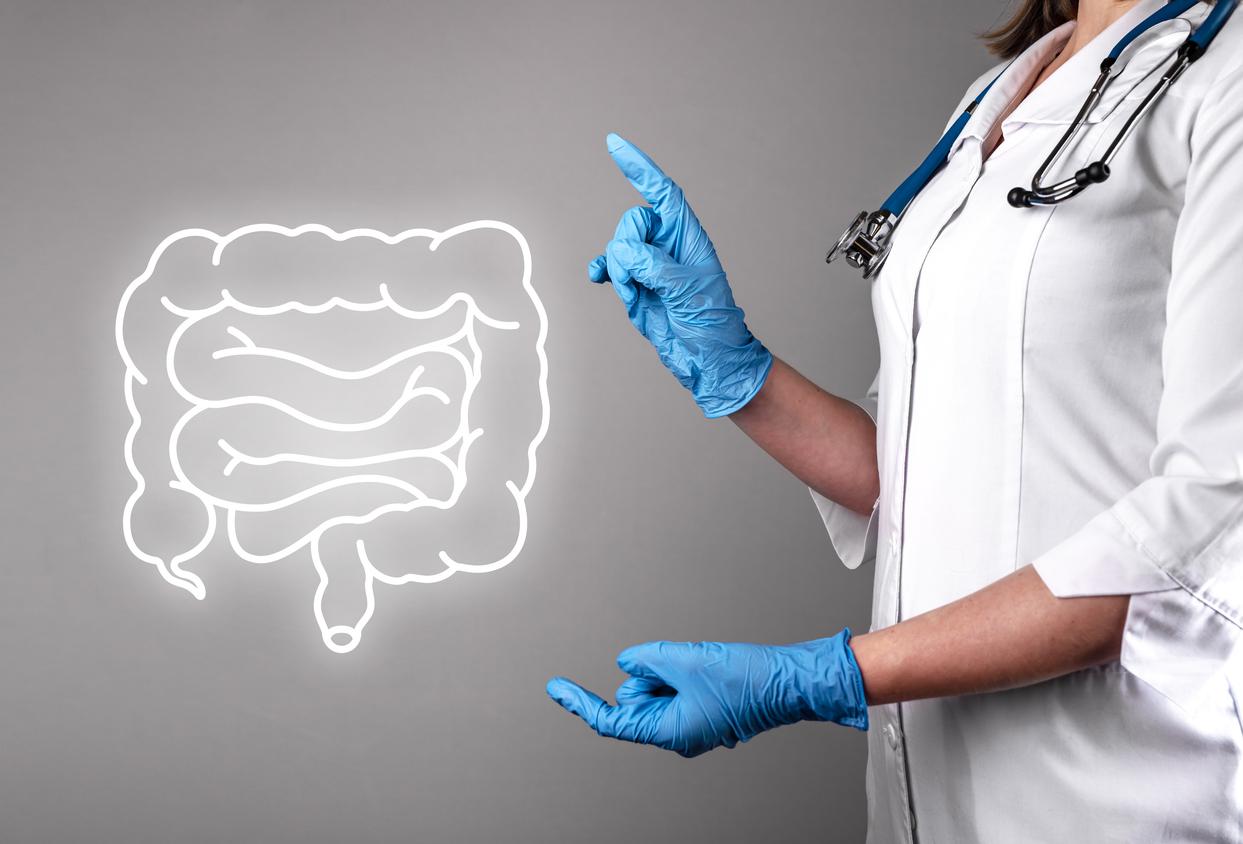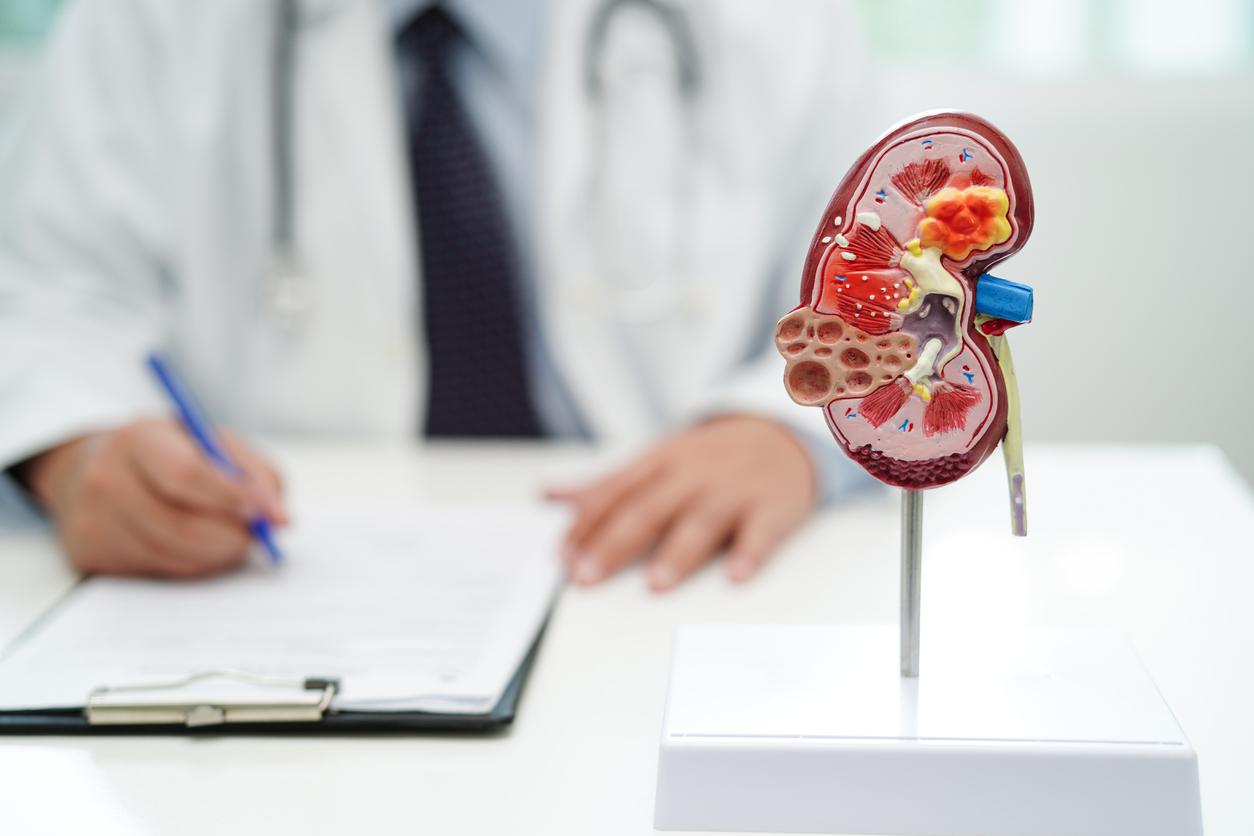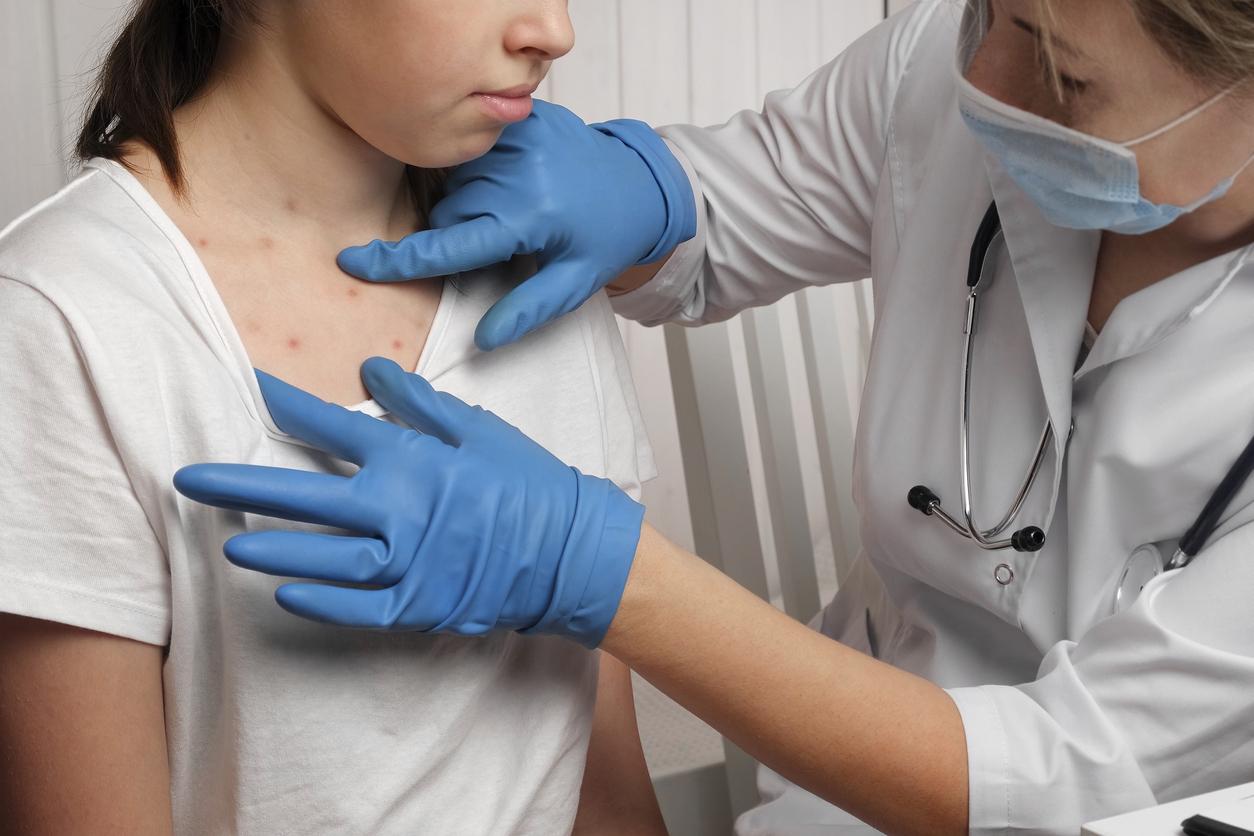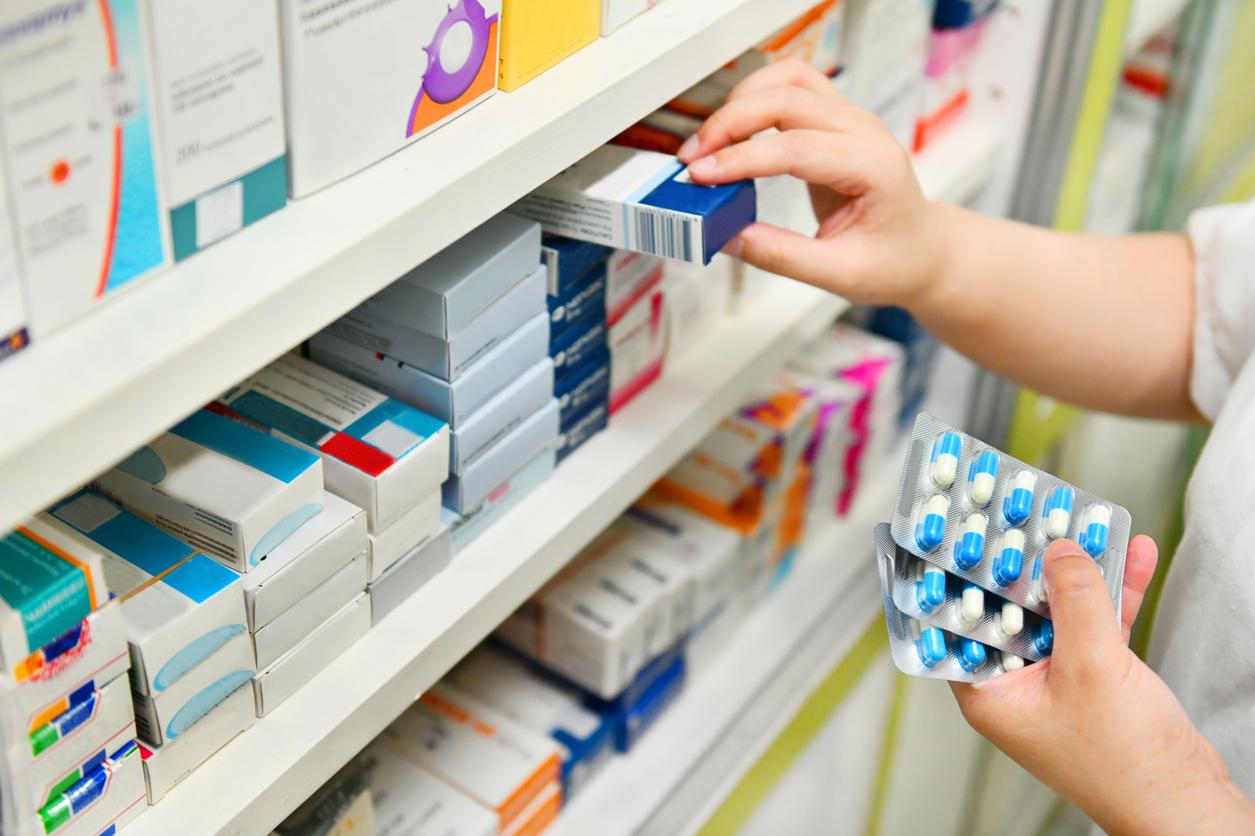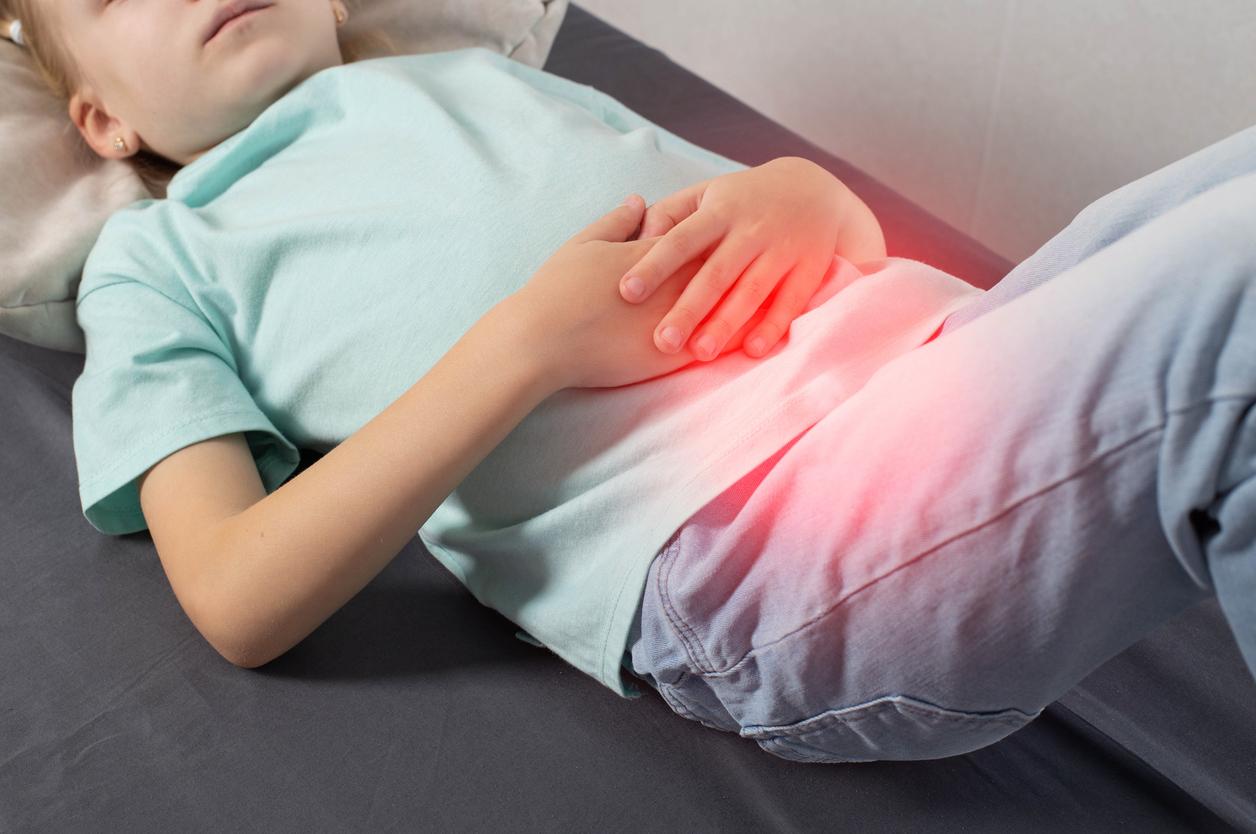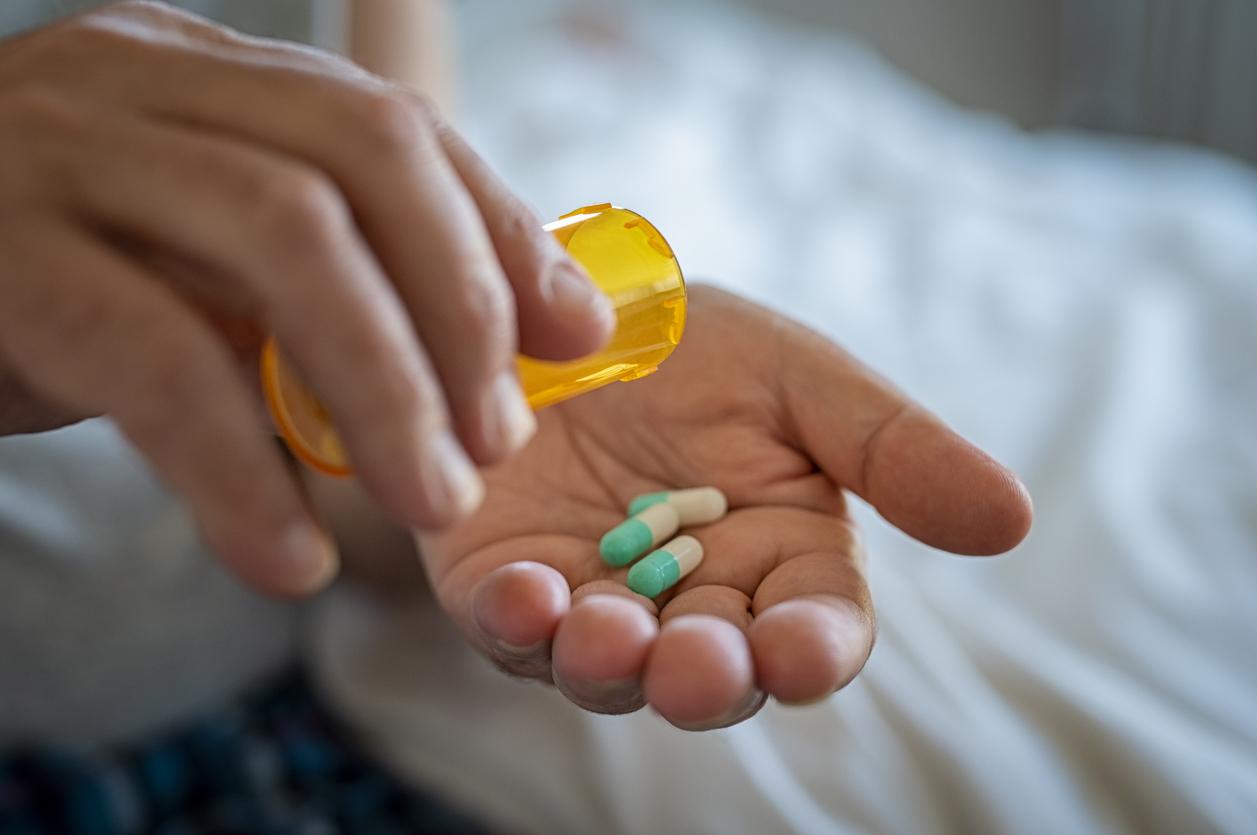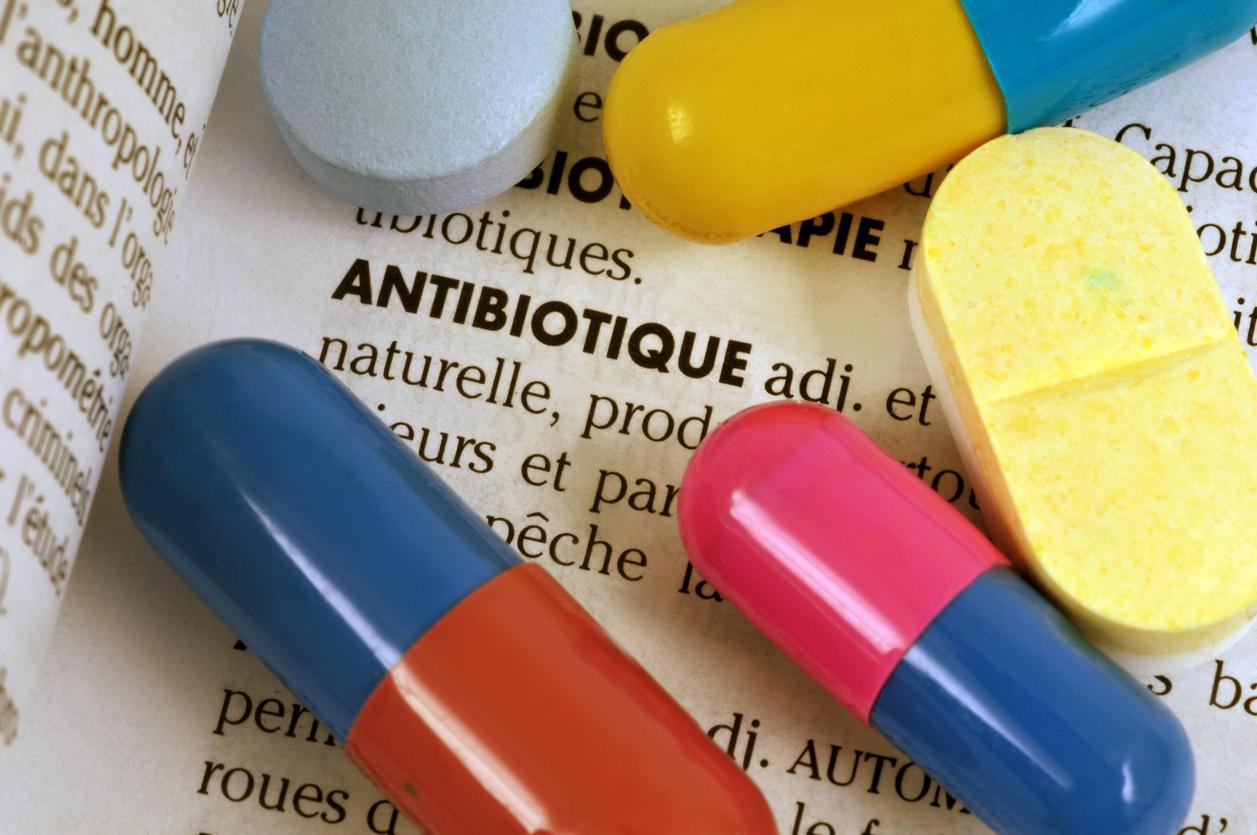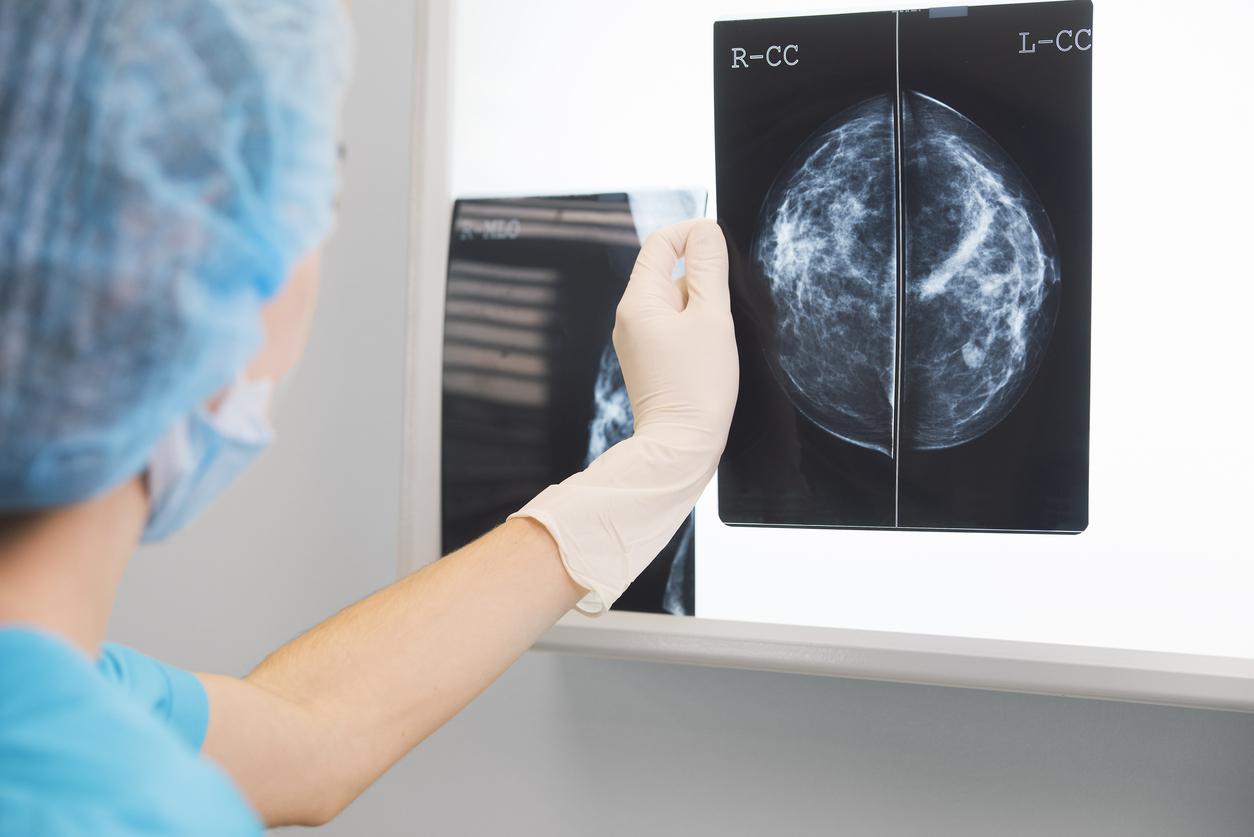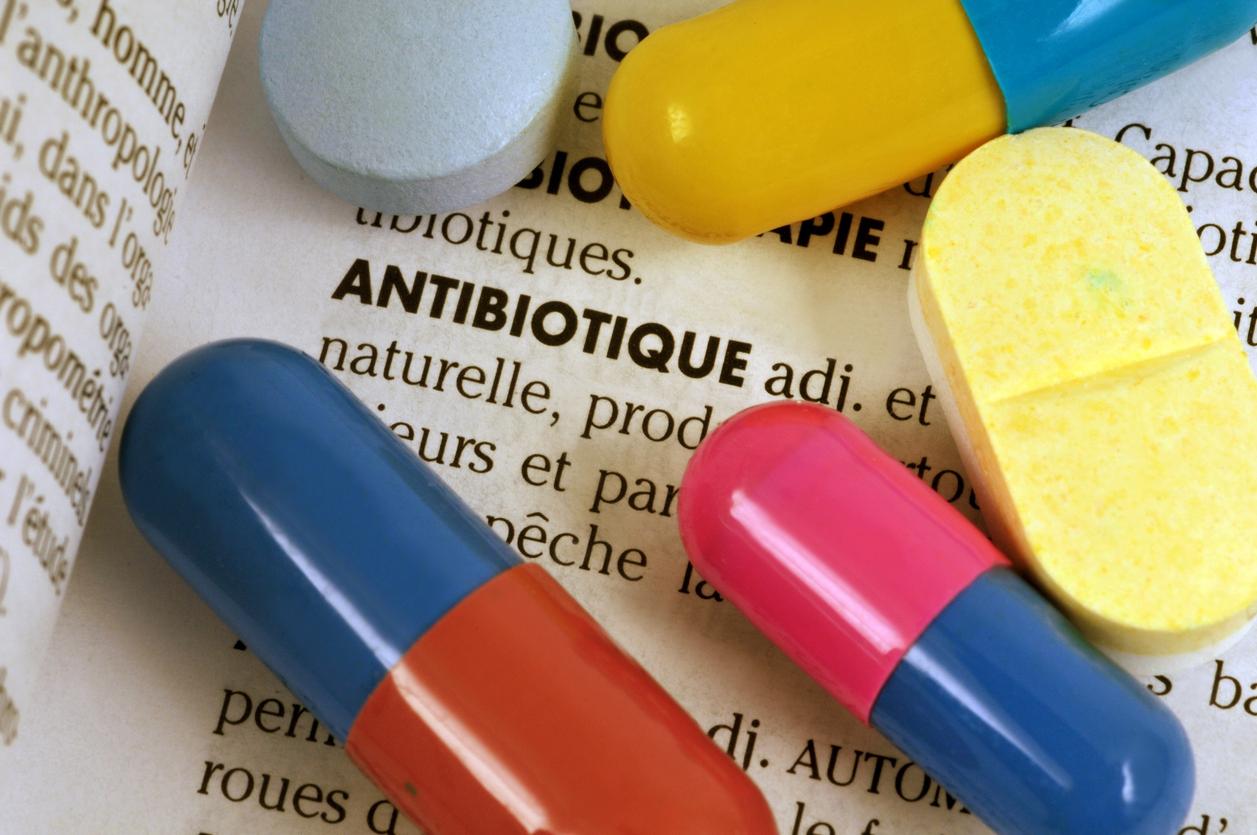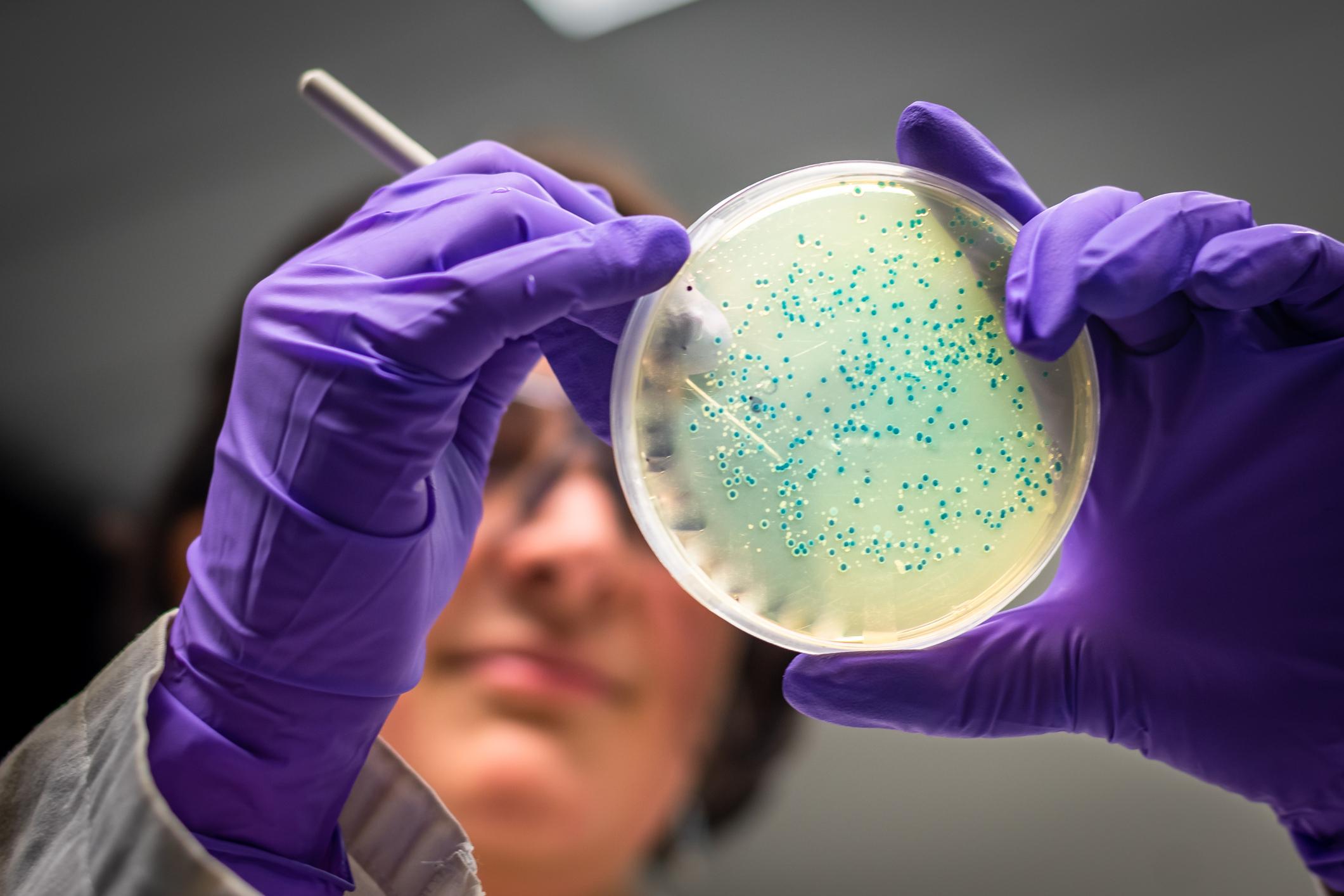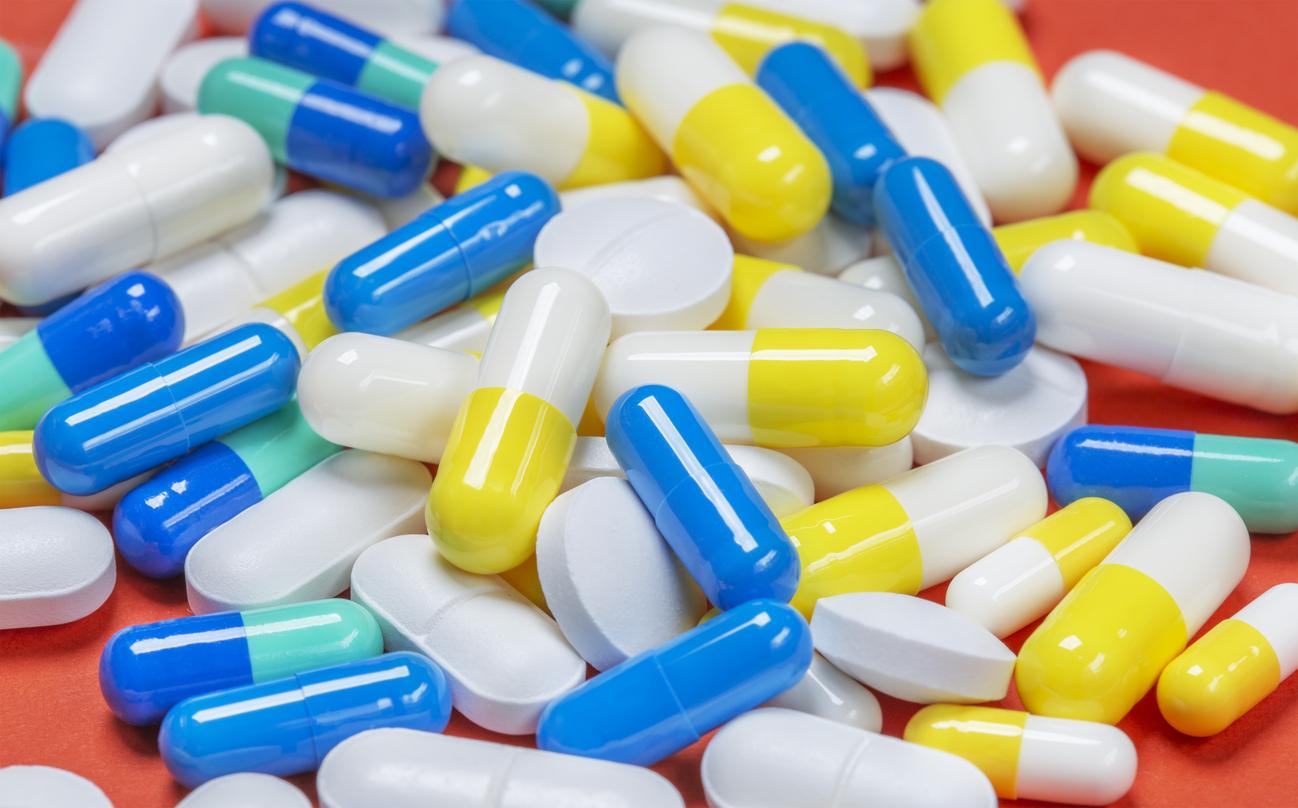Until now, the fight against bacterial resistance to antibiotics has been confined to warning users of the dangers of consuming too many antibiotics. Now, it may be that we have finally found the effective weapon to break down the bacteria responsible for infections. This weapon, it is British researchers who hold the instructions for use. In the journal Science, they explain that the weak point of so-called Gram-negative bacteria (of the Escherichia coli type, responsible for intestinal infection) are surrounded by a double cell membrane. To consolidate their fortress, bacteria transport molecules called lipopolysaccharides from the inside to the outside. However, researchers have understood that if we obstruct the transport of these molecules, it is impossible for the bacteria to reconstitute itself and it dies.
This finding could make it possible to create “new drugs specifically targeting the membrane protecting the bacteria and not the bacteria itself,” explains the study taken up by AFP. “As these new drugs will not need to enter the bacteria, the latter should, in our opinion, no longer be able to develop resistance.”
A worrying infectious danger
In a report published last April, the WHO made a alarming prognosis for bacterial resistance antibiotics. Infections now considered minor could turn out to be deadlyif nothing is done, the Organization worried. In the sights of the WHO, seven resistant bacteria responsible for serious diseases: hematological infections, diarrhea, pneumonia, urinary tract infections and gonorrhea (sexually transmitted infection).
Where does this resistance to antibiotics come from? The misuse of these drugs in poor countries and overuse in rich countries partly explain this.
How often do you take antibiotics? We talk on the forum.



